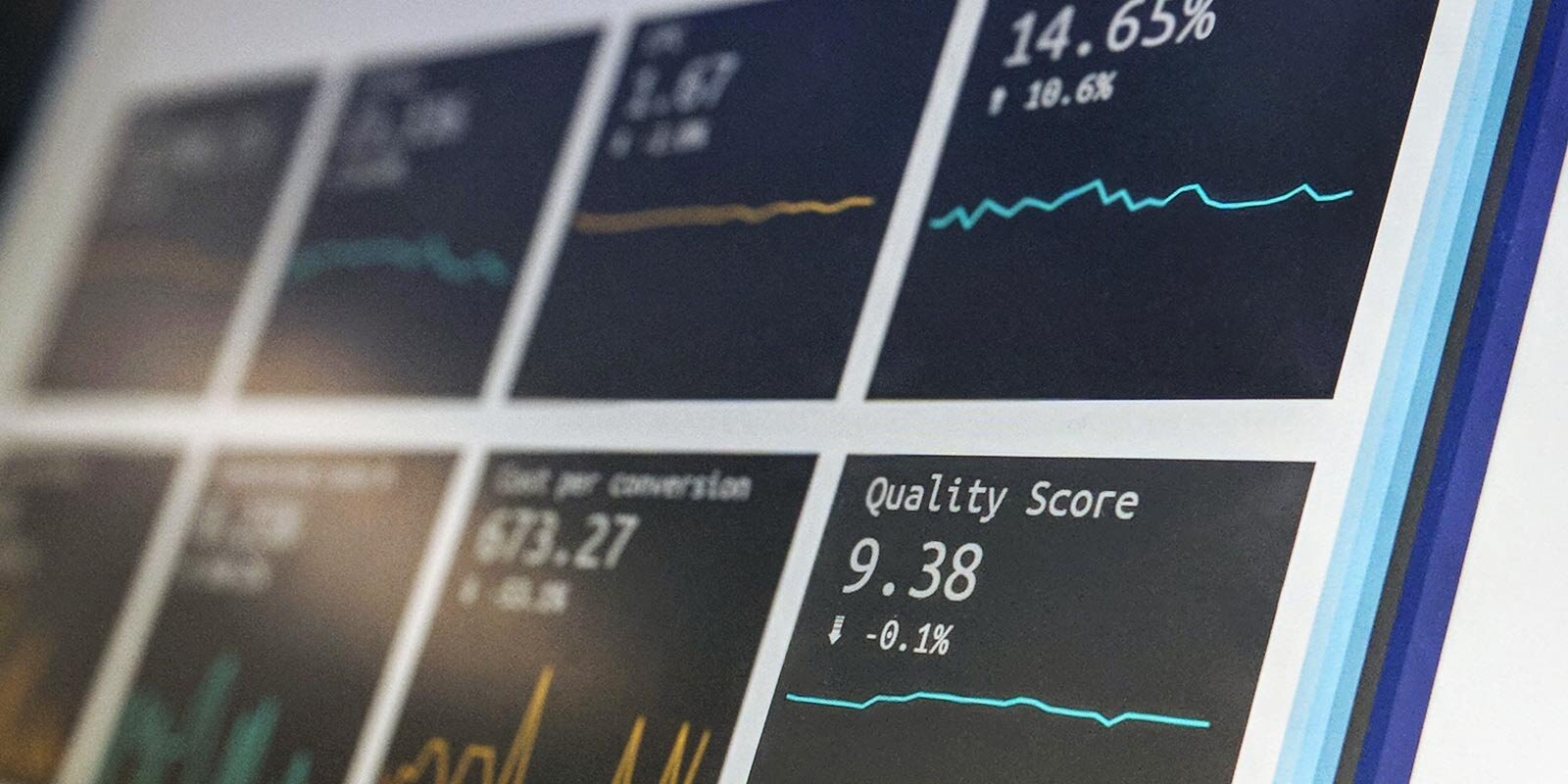How to Build a Business Case for a BI Dashboard Solution
Article Highlights:
Spreadsheets are limited in their ability to provide valuable analysis and insight into business data.
A BI dashboard provides a scalable solution to support your needs for business data for the long term.
Building a business case for a business intelligence dashboard requires knowing the type of data needed, the benefits of having that data available at a glance, understanding the problems you want the dashboard to solve, and what you expect to get out of your investment.
Providing tangible evidence on the benefits and outcomes of dashboards can help to support a business case and make a stronger appeal to decision makers.
Prime 8 works closely with companies across the size spectrum — from small nonprofits to multinational enterprise household brands. None of our customers wonder if data visualizations improve their business analyses; however, one in five still rely on spreadsheets at some level of the organization as the main tool to communicate data internally. Why? It’s not a lack of awareness or desire for any company we work with.
In a word: growth. The more growth a team, business unit, or organization experiences, the more data is generated. Where a team might have comfortably managed their needs with spreadsheets, a watershed moment arrives when more sophisticated analysis, reporting and business storytelling is needed, which requires equally sophisticated tools and skills, like a business intelligence dashboard (BI dashboard).
We wrote this article to help the scores of individuals working in teams and on projects that need a more comprehensive solution who don’t have the skills to build the solution themselves, or the time to research solutions or the details required to learn how to build a business case to present to management.
So what *is* the solution to addressing the need for more advanced analytics than a spreadsheet can provide? A BI dashboard is the next evolutionary step from a spreadsheet — a self-service visual analytics solution that more and more Prime 8 customers are asking for because it highlights actionable and data-driven insights.
A dashboard is just one component of a larger business intelligence suite of solutions, but it’s a critical one and it happens to be a relatively easy first step. A dashboard makes it possible for anyone in your project, team or organization to find data and provides a host of related benefits, from increased accountability and improved intel to providing insights that can drive better decision making.
If you’re looking to build a business case for a business intelligence dashboard that enables data-driven decisions or insight identification, or centralize data into a single, story-telling visual, here are some steps to get started.
Define the Current State
First and foremost, a strong business case requires that you determine and document your need for a BI dashboard solution. Develop a plan of action that reflects an understanding of the current situation so that you can demonstrate what’s required to elevate it. Ask and document the following high-level questions in your business case:
Who are the stakeholders for the dashboard?
What sources of data are currently used?
Is there other data that stakeholders would like to use?
What is your confidence that this data is accurate?
What is the level of effort involved in compiling your current reports?
What is your confidence that your current reporting is accurate?
Has the larger organization adopted any modern data management and analysis tools that you can leverage, or will you need a new tool?
How much time is being spent by data stakeholders collecting data or building reports?
Define the Need for a BI Dashboard
While it's important to demonstrate how a BI dashboard can help to enhance operations and generate growth, it’s also important to address how it will solve existing problems in your specific function or department.
For example, one of our tech clients was experiencing serious bottlenecks in evaluating the success of a revenue program. They lacked up-to-date, accurate data insights due to overwhelming data silos and a disconnect between the data and business goals. We developed a BI dashboard solution that could provide real-time updates that stakeholders could trust, allowing them to make better and faster decisions and scale with their business.
Document team, project, or department-level pain points and define what will happen if these pain points are solved vs unresolved. Consider the business problems that each of your stakeholders is trying to solve with more readily available data. Finally, clearly articulate how the dashboard will address each pain point.
This information will help you position the BI dashboard as a necessity rather than a luxury. For example, if you are a Director of Finance and one of your pain points is identifying the profitability of different investments, a BI dashboard will help you monitor ROI in real-time with no hassle. This saves you time you would’ve spent chasing down colleagues or reports and provides a more accurate view of what’s actually happening in the business.
Define the Value
Your business intelligence business case needs to explain what benefits will be realized if a dashboard is created. This will help others see the value of the dashboard as more than a sophisticated tool, but as an indispensable asset that has the power to address each stakeholder’s main concerns. This might include:
Cost or time savings
Data based decision-making
Speed to market
Confidence in making decisions
Uncovering new insights or business opportunities
Risk identification and management
Define Expected Outcomes
Strengthen your BI dashboard business case by identifying Key Performance Indicators (KPIs) that will prove the value of this investment. Be sure to include measurable KPIs that are relevant to the interests of key stakeholders, too. Think about what goals your leadership has for the larger business and whether a dashboard might help them achieve their desired outcomes.
The metrics don’t have to be complicated — you could consider measuring time saved by implementing a dashboard. Where time is spent, money is saved — sometimes a lot of money over the course of several months or a year. Think about what manual processes might be alleviated with a dashboard.
For example, how much time is spent:
Creating reports in the current tools?
Cleaning up dirty or inaccurate data?
Chasing down data or related reports from other departments?
As a next step, establish a baseline for the metrics to include in your business case. It’s ok to keep it simple here. You might use simple surveys with team members, conducted periodically to track time spent, for example.
For maximum impact, equate the time savings to a dollar amount or another metric that would reveal the value of a dashboard. We often find, when presenting a BI business case, that many leaders are not aware of the time or money being spent on manual data collection and analysis.
It’s ok if this is a simple back-of-the-napkin estimate for measuring as long as you can reproduce the formula in the future as proof of the dashboard’s value. Showing how quickly a dashboard solution pays for itself is a powerful way to make your case.
Present Evidence for a BI Dashboard Solution
Lastly, introduce tangible evidence that demonstrates how a BI dashboard has benefited other companies by drawing on case studies published by companies that provide BI solutions. Leverage the Prime 8 BI customer stories outlining the challenge, solution and outcomes of new dashboard solutions. All companies are different, as are their pain points, but these stories will demonstrate how a dashboard can support your organization’s growth just as it helped others.
While there’s no denying how valuable a BI dashboard solution can be to your company, what’s really important is that you actually use it to drive long-term and sustainable growth.
Building your BI business case will give you a strong foundation before moving to the development phase. This requires knowing what problems you want to solve, how it will benefit the organization, and provide a better solution than what’s currently available. To learn more about using business intelligence and dashboard solutions to gain actionable insights, reach out to our team today!
























